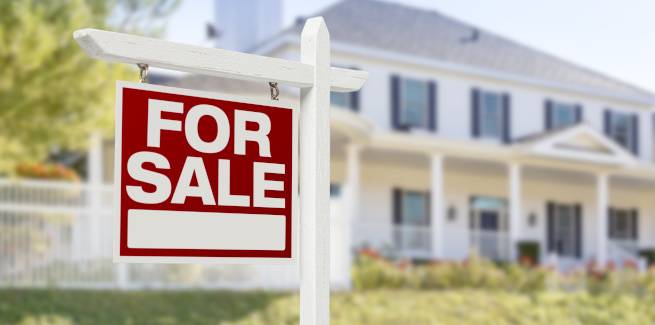According to the Australian Bureau of Statistics’ (ABS) latest Housing Occupancy and Costs data, the home ownership rate slipped by 4 percentage points over the two decades from 1997-98 to 2017-18, from 70 per cent to 66 per cent.
The fall in the home ownership rate coincided with a 5 percentage point increase in the number of Australians opting to rent their home, up from 27 per cent to 32 per cent over the same period.
However, the ABS data revealed that despite the decline in the home ownership rate, the number of Australian households without a mortgage decreased by 10 percentage points over the 20-year period, falling from 40 per cent to 30 per cent.
Accordingly, 37 per cent of households were tied to a mortgage in 2017-18, up 6 percentage points from 31 per cent two decades prior.
The mortgage burden also increased over the two decades to 2017-18, with housing costs (adjusted for inflation) rising from just under $350 per week in 1997-98 to $484 per week as at 2017-18 — 16 per cent of the average household’s gross weekly earnings.
However, the ABS reported that renters continue to spend more on housing as a proportion of their income than mortgage-holders, with 20 per cent of their gross weekly earnings devoted to servicing housing costs.
A fifth of households own a second property
Moreover, the ABS data revealed that as at 2017-18, 20 per cent of households owned a second property.
Of those who owned a second home, 71 per cent were investors (14 per cent of the total market), with the reminder purchasing a second property for alternative purposes (i.e. holiday home).
Additionally, 37 per cent of households that owned at least two properties were from the highest quintile of equivalised disposable household income, compared to 12 per cent that were from the lowest quartiles.
FHBS spending more on housing
The ABS has also reported that over 1 million households purchased a home in the three years leading up to 2018-18 – referred to as recent home buyers.
Of those recent home buyers, 35 per cent were first home buyers (FHBs), with the remainders (65 per cent) moving from a previously owned home (referred to as changeover buyer).
According to the ABS, FHBs are spending more of their gross income on housing costs than changeover buyers, utilising 21 per cent of their gross weekly earnings, compared to 16 per cent of the income of changeover buyers.
Despite spending a greater share of their income on housing, the median value of dwelling for FHBs was $500,000 in 2017-18, 29 per cent lower than the value of homes purchased by changeover buyers ($645,000).
[Related: Property prices to hit floor in ‘coming months’]

